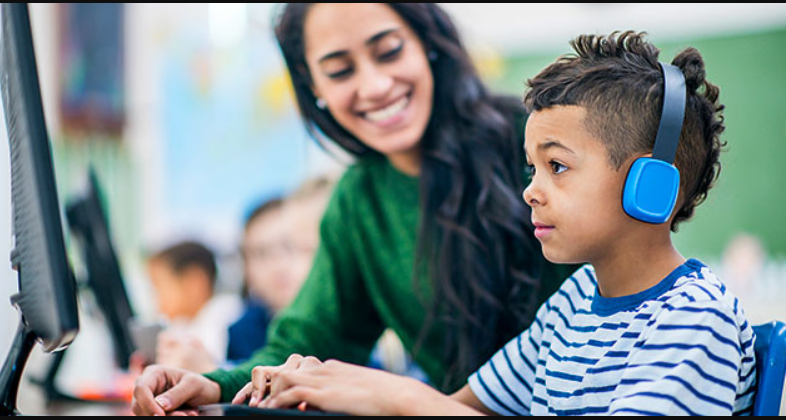Even while schools have, for the most part, resumed their regular classroom instruction, the epidemic is still having some residual impacts. Teachers are looking high and low for a way to reignite their pupils’ interest in the classroom experience.
A recent poll found that 38 percent of students have reported feeling less motivated to thrive in their academic pursuits. In comparison, eighty percent of teachers believe that the epidemic caused kids to have less motivation.
Children who have experienced severe stress as a result of the epidemic may suffer with difficulties related to their mental health. In the majority of situations, all that’s required of instructors to boost involvement is to offer a variety of chances and several ways for students to get involved.

UDL principles let teachers tailor education to each student’s requirements.
Creating a constructive classroom setting is the first step in getting children excited about learning. The initial steps require teachers to establish an environment in the classroom that is both physically and psychologically secure, and in which each student is appreciated and respected.
The development of student relationships, the promotion of student voice and choice, the incorporation of topical relevance into instruction, and the encouragement of student ownership all contribute to the growth of a welcoming community in which students are at ease taking an active role in their own education.
Learning is approached in a different way by each individual learner. The child’s prior knowledge, interests, learning styles, linguistic ability, and physical capacities all play a role in determining the child’s potential for learning and accomplishment.
The difference between a fully engaged student and a passive learner who tunes out can be as simple as meeting children where they are in their learning and differentiating the teaching for them.

